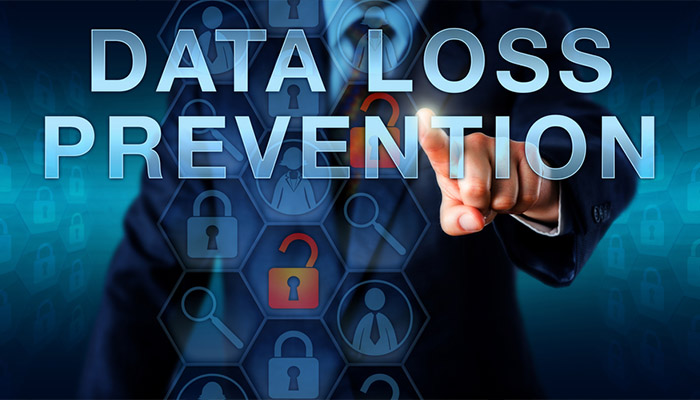3 Main Objectives Data Loss Prevention (DLP) - PerfectionGeeks
What are the 3 main objectives being solved by DLP?
January 09, 2023 17:28 PM
3 Main Objectives Data Loss Prevention (DLP) - PerfectionGeeks
January 09, 2023 17:28 PM

Data Loss Prevention (DLP) The practice of identifying and stopping data breaches, exfiltration, or avoidable destruction of sensitive data is known as data loss prevention (DLP). DLP is used by organizations to safeguard their data, ensure compliance with laws, and protect it.
The phrase "DLP" refers to protecting enterprises from both data loss and data leakage. Data loss is the term used to describe a situation in which crucial data is lost to the business, such as during a ransomware attack. The focus of data loss prevention is to stop the unauthorized transmission of data across organizational boundaries.
The three major goals of data loss prevention all address frequent pain points for many enterprises: personal information protection and compliance, intellectual property (IP) protection, and data visibility.
While these are the three core use cases, DLP can also address several other problems, such as advanced threats, user and entity behaviour analysis, Office 365 data security, insider threats, and user and entity behaviour analysis.
There are mainly three reasons for data leaks:
Standard security tools can be used to protect against data loss and leaks. An intrusion detection system (IDS), for instance, can warn when an attacker tries to access sensitive information. Attackers can be stopped from compromising sensitive systems by antivirus software. Any unauthorized person cannot access systems that store sensitive data without being blocked by a firewall.
If you work for a large company, you might use specific DLP tools or solutions to protect your data. The Security Operations Center’s (SOC) tooling can also help with DLP. For instance, a Security Information and Event Management (SIEM) system can be used to identify and correlate events that could indicate a data leak.

Securing data in motion: technologies set up at the network edge can examine traffic to find sensitive information sent against security rules.
Securing endpoints—Information
transit between users, groups of users, and outside parties can be managed by endpoint-based agents. Some endpoint-based systems can give users feedback while blocking real-time attempts at communication.
Securing data at rest: access control, encryption, and data retention policies can secure archived organizational data when it comes to data security at rest.
Securing data in use: Some DLP systems may track and highlight inappropriate actions that users may take when interacting with data, either knowingly or unknowingly.
is essential in deciding whether or not it needs to be secured. Sensitive data can be identified manually by using rules and metadata or automatically using methods like machine learning.
A DLP plan should include file security solutions like the Imperva File Firewall. These tools protect both data in use and data at rest, and they also look for file-based data leaks.
Data leaks are prevented by the Imperva File Firewall due to the:
Data Loss Prevention (DLP) Definition
A comprehensive DLP solution provides the information security team with complete visibility into all data on the network, including data in use (securing data being used by an application or endpoint through user authentication and access control).
The three main types of data loss prevention software include network DLP, endpoint DLP, and cloud DLP.
Data loss prevention solves three main objectives that are common pain points for many organizations: personal information protection and compliance, intellectual property (IP) protection, and data visibility.
Using a variety of software tools and data privacy practices, DLP aims to prevent unauthorized access to sensitive information.
Strategy
Design
Blockchain Solution
Development
Launching
Testing
Maintenance
Contact US!

Plot 378-379, Udyog Vihar Phase 4 Rd, near nokia building, Electronic City, Phase IV, Sector 19, Gurugram, Haryana 122015
Copyright © 2025 PerfectionGeeks Technologies | All Rights Reserved | Policy
Contact US!

Plot 378-379, Udyog Vihar Phase 4 Rd, near nokia building, Electronic City, Phase IV, Sector 19, Gurugram, Haryana 122015
Copyright © 2025 PerfectionGeeks Technologies | All Rights Reserved | Policy